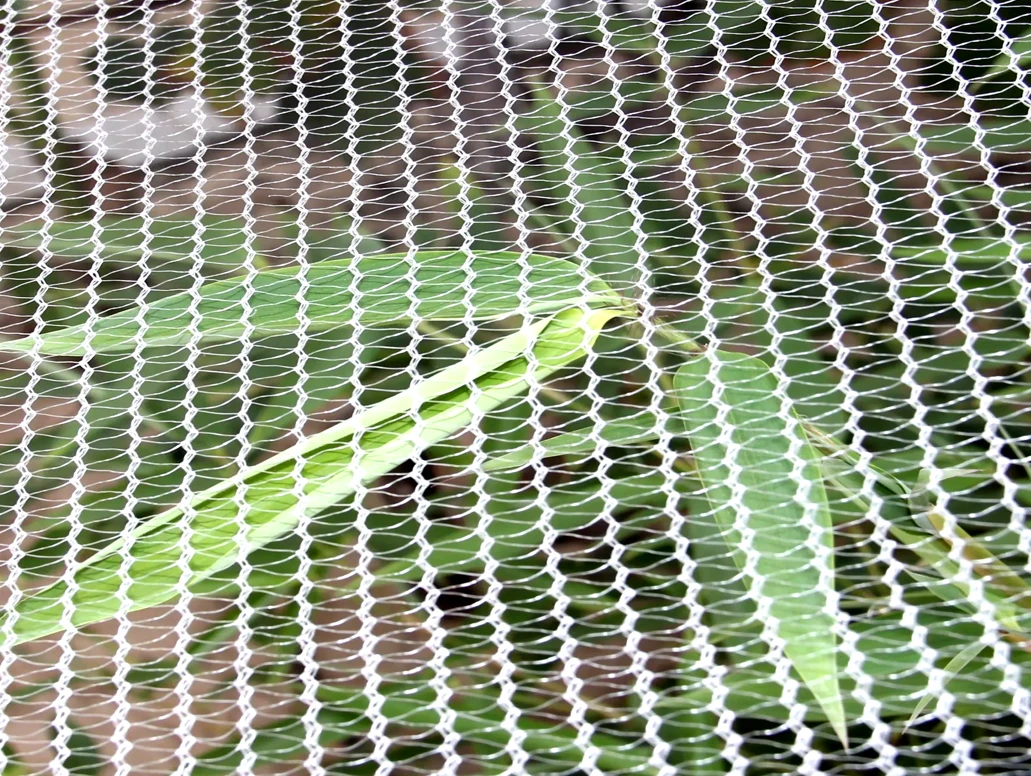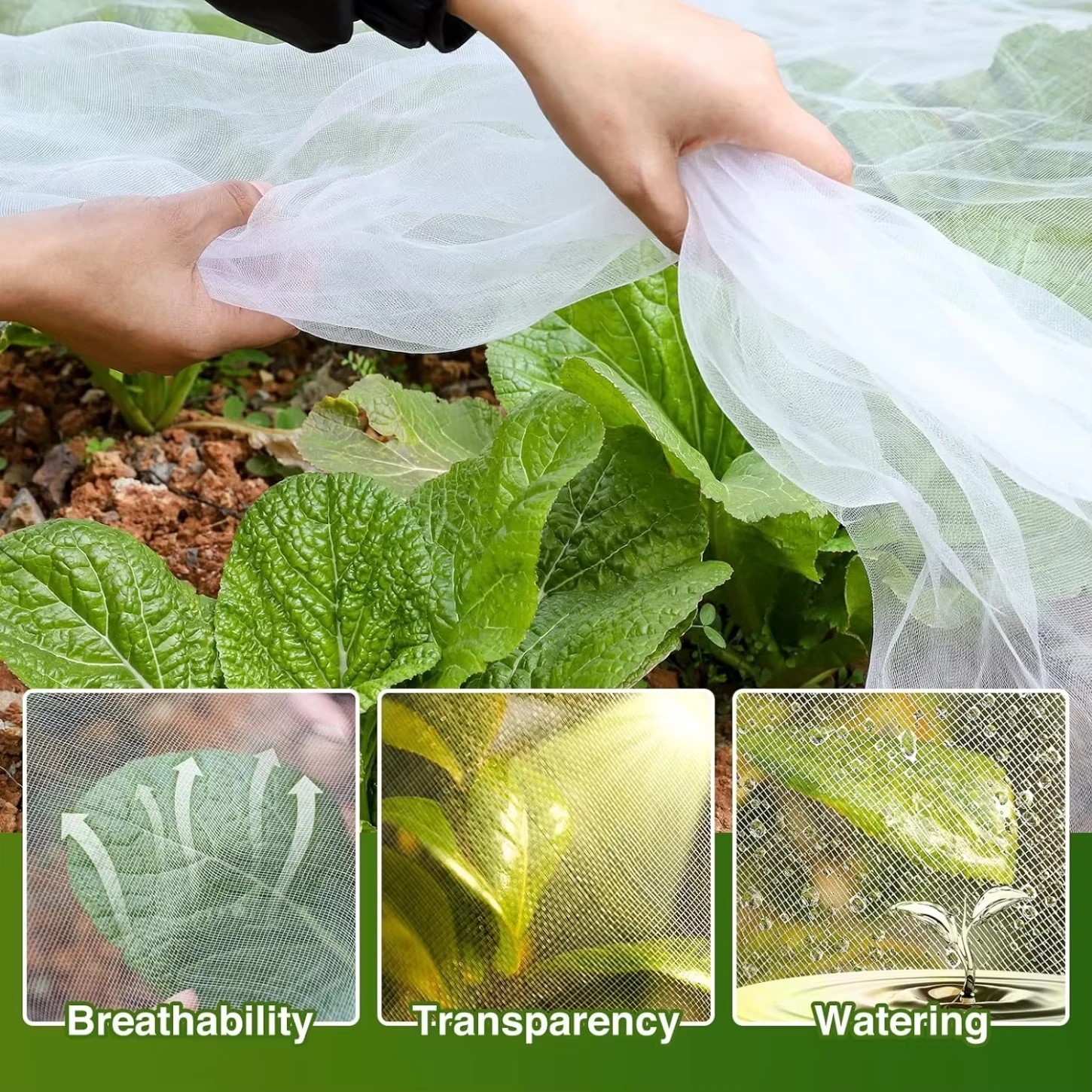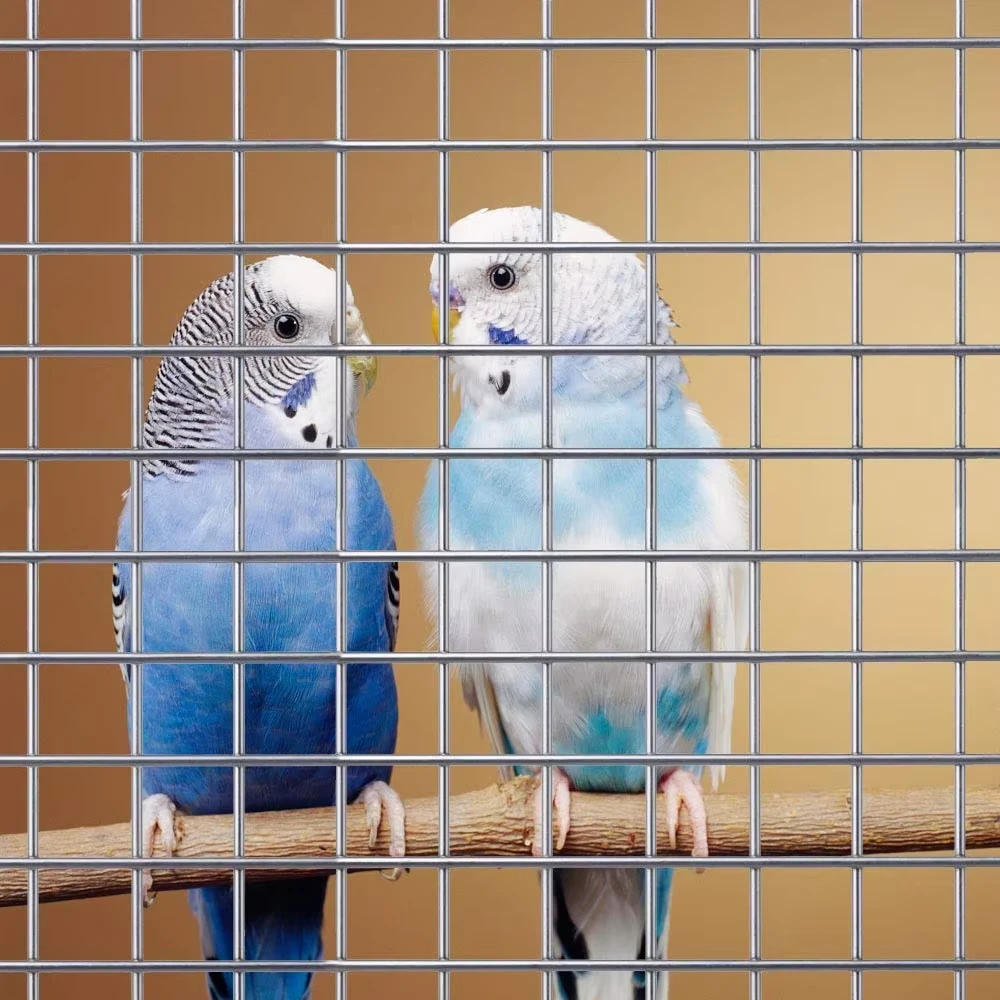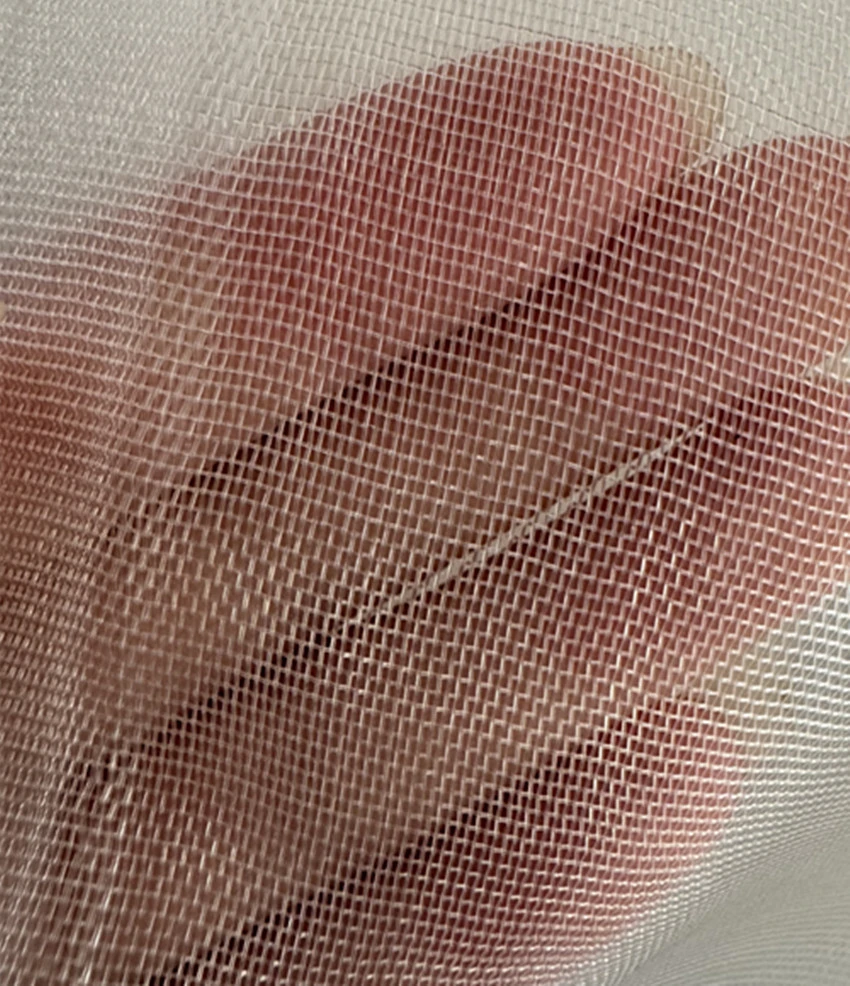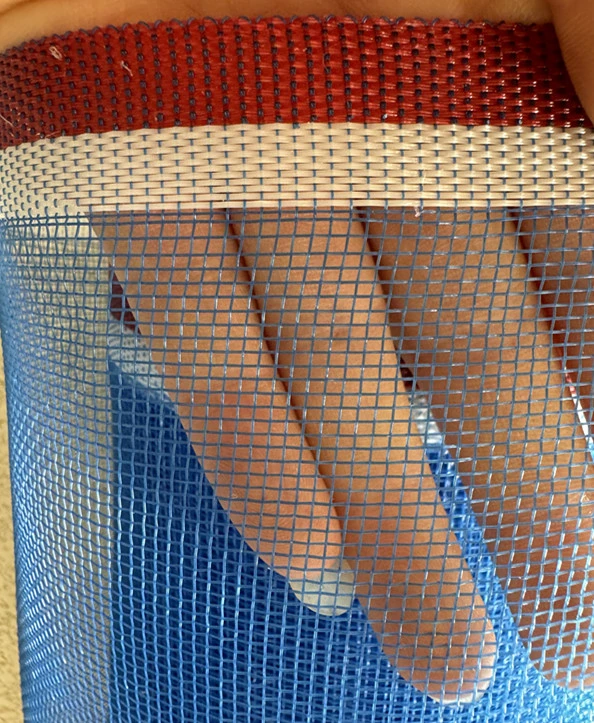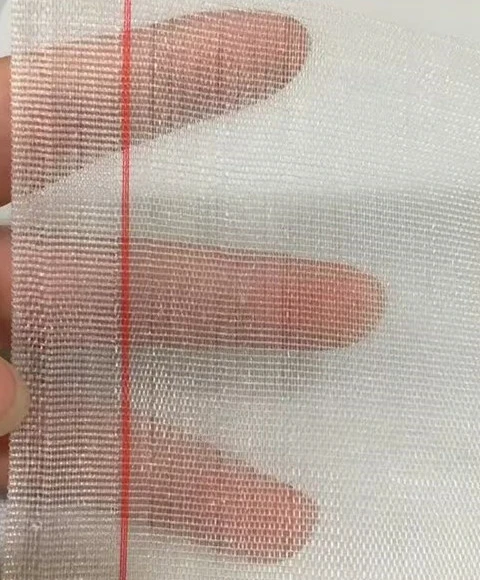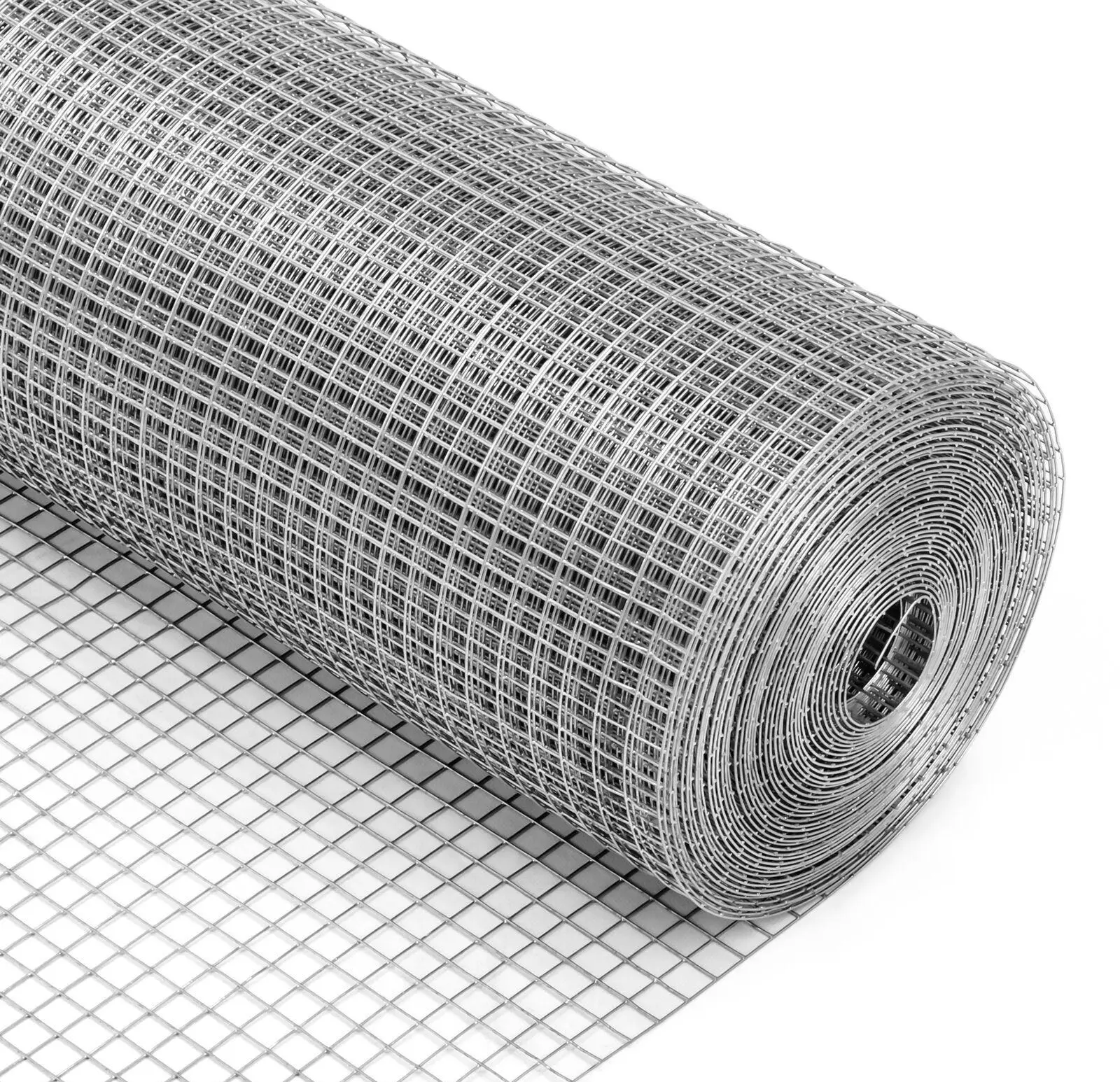-
 Afrikaans
Afrikaans -
 Albanian
Albanian -
 Amharic
Amharic -
 Arabic
Arabic -
 Armenian
Armenian -
 Azerbaijani
Azerbaijani -
 Basque
Basque -
 Belarusian
Belarusian -
 Bengali
Bengali -
 Bosnian
Bosnian -
 Bulgarian
Bulgarian -
 Catalan
Catalan -
 Cebuano
Cebuano -
 China
China -
 Corsican
Corsican -
 Croatian
Croatian -
 Czech
Czech -
 Danish
Danish -
 Dutch
Dutch -
 English
English -
 Esperanto
Esperanto -
 Estonian
Estonian -
 Finnish
Finnish -
 French
French -
 Frisian
Frisian -
 Galician
Galician -
 Georgian
Georgian -
 German
German -
 Greek
Greek -
 Gujarati
Gujarati -
 Haitian Creole
Haitian Creole -
 hausa
hausa -
 hawaiian
hawaiian -
 Hebrew
Hebrew -
 Hindi
Hindi -
 Miao
Miao -
 Hungarian
Hungarian -
 Icelandic
Icelandic -
 igbo
igbo -
 Indonesian
Indonesian -
 irish
irish -
 Italian
Italian -
 Japanese
Japanese -
 Javanese
Javanese -
 Kannada
Kannada -
 kazakh
kazakh -
 Khmer
Khmer -
 Rwandese
Rwandese -
 Korean
Korean -
 Kurdish
Kurdish -
 Kyrgyz
Kyrgyz -
 Lao
Lao -
 Latin
Latin -
 Latvian
Latvian -
 Lithuanian
Lithuanian -
 Luxembourgish
Luxembourgish -
 Macedonian
Macedonian -
 Malgashi
Malgashi -
 Malay
Malay -
 Malayalam
Malayalam -
 Maltese
Maltese -
 Maori
Maori -
 Marathi
Marathi -
 Mongolian
Mongolian -
 Myanmar
Myanmar -
 Nepali
Nepali -
 Norwegian
Norwegian -
 Norwegian
Norwegian -
 Occitan
Occitan -
 Pashto
Pashto -
 Persian
Persian -
 Polish
Polish -
 Portuguese
Portuguese -
 Punjabi
Punjabi -
 Romanian
Romanian -
 Russian
Russian -
 Samoan
Samoan -
 Scottish Gaelic
Scottish Gaelic -
 Serbian
Serbian -
 Sesotho
Sesotho -
 Shona
Shona -
 Sindhi
Sindhi -
 Sinhala
Sinhala -
 Slovak
Slovak -
 Slovenian
Slovenian -
 Somali
Somali -
 Spanish
Spanish -
 Sundanese
Sundanese -
 Swahili
Swahili -
 Swedish
Swedish -
 Tagalog
Tagalog -
 Tajik
Tajik -
 Tamil
Tamil -
 Tatar
Tatar -
 Telugu
Telugu -
 Thai
Thai -
 Turkish
Turkish -
 Turkmen
Turkmen -
 Ukrainian
Ukrainian -
 Urdu
Urdu -
 Uighur
Uighur -
 Uzbek
Uzbek -
 Vietnamese
Vietnamese -
 Welsh
Welsh -
 Bantu
Bantu -
 Yiddish
Yiddish -
 Yoruba
Yoruba -
 Zulu
Zulu
Breeder Nets Enhance Selective Breeding
Home aquariums are more than just decorative—they’re thriving ecosystems where fish enthusiasts can observe the fascinating cycle of life, from breeding to fry growth. For successful breeding, however, the right tools are non-negotiable, and aquarium net breeder, breeder net for guppies, and breeder nets stand out as essential equipment. These specialized nets create safe spaces for fry, protect them from adult fish, and simplify the breeding process for hobbyists of all skill levels. In this guide, we’ll explore their roles, features, and best practices, ensuring you have the knowledge to nurture healthy fish populations in your aquarium.
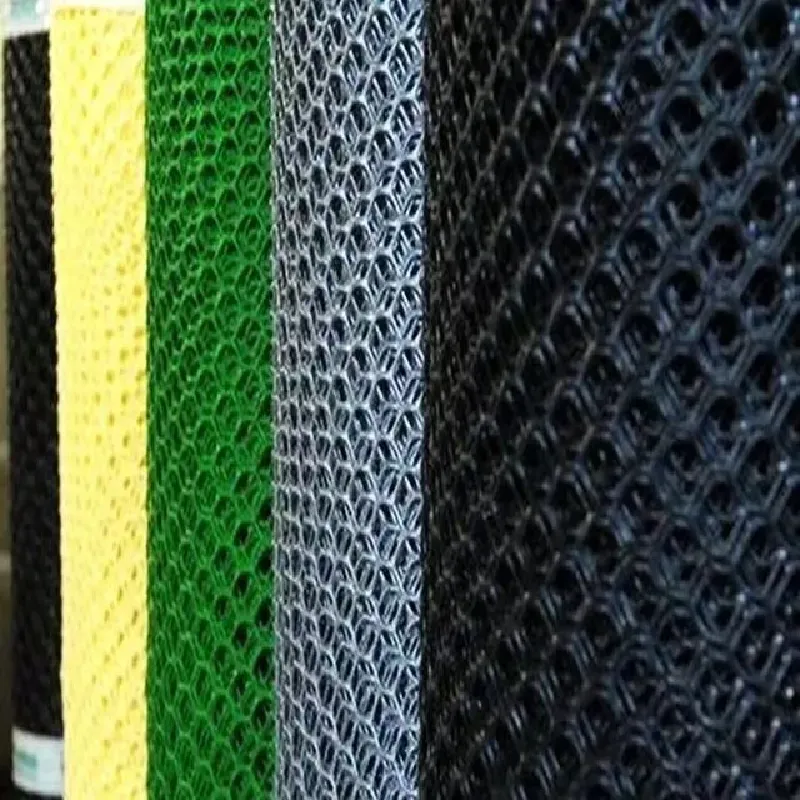
The Role of Aquarium Net Breeder in Home Aquarium Success
The aquarium net breeder is a game-changer for home aquarium enthusiasts, serving as a dedicated space to raise fry without the risk of predation or competition. Unlike open tanks, where adult fish may eat their young or out compete them for food, an aquarium net breeder creates a controlled microenvironment that prioritizes fry health.
One of the primary benefits of an aquarium net breeder is its ability to maintain water consistency with the main tank while keeping fry physically separated. This means fry receive the same water parameters (temperature, pH, salinity) as the main aquarium, reducing stress from sudden changes. The net’s porous design allows water to circulate freely, ensuring oxygen levels stay high and waste is efficiently removed—critical for preventing disease in vulnerable fry. Additionally, aquarium net breeder products often feature easy-access lids, making feeding and monitoring simple, even for beginners. Whether you’re breeding tetras, mollies, or guppies, an aquarium net breeder is the foundation of successful home breeding.
Why Breeder Net for Guppies is a Must-Have for Hobbyists
Guppies are among the most popular aquarium fish, beloved for their vibrant colors and prolific breeding habits. However, their rapid reproduction comes with challenges, and a breeder net for guppies is essential to ensure fry survival. Guppy fry are tiny—measuring just 3-5mm at birth—and highly vulnerable to being eaten by adult guppies or other tank mates.
A specialized breeder net for guppies addresses these challenges with features tailored to their needs. First, mesh size is critical: guppy fry require a mesh size of 0.5-1mm to prevent escape, as they can slip through larger gaps. Many breeder net for guppies models also include a floating design, which keeps fry near the water’s surface where they naturally feed and avoids the stress of deeper water. Additionally, these nets often have a narrow base to prevent fry from getting trapped in corners, a common issue with generic nets. For hobbyists looking to expand their guppy colonies, a breeder net for guppies isn’t just useful—it’s indispensable.
Key Features to Evaluate When Choosing Quality Breeder Nets
Not all breeder nets are created equal, and selecting the right one depends on understanding their core features. A high-quality net should balance durability, functionality, and suitability for your specific fish species. Below is a breakdown of the most important features to consider:
|
Feature |
Description |
Why It Matters |
|
Material |
Typically nylon or polyethylene, with reinforced edges. |
Nylon offers flexibility; polyethylene resists tearing and UV damage. |
|
Mesh Size |
Ranges from 0.5mm (for tiny fry) to 5mm (for larger juveniles). |
Ensures fry can’t escape while allowing water, food, and waste to pass. |
|
Frame Design |
Rigid plastic frames or flexible edges with suction cups/weights. |
Rigid frames maintain shape; suction cups secure nets in tanks. |
|
Accessibility |
Hinged lids, sliding doors, or wide openings for feeding/monitoring. |
Makes daily care easier without disturbing fry or the main tank. |
|
Water Circulation |
Mesh density that balances protection with flow. |
Prevents stagnation, which can lead to low oxygen levels and disease. |
Breeder nets with anti-algae treatments are also beneficial, as they resist the buildup of slime and debris that can clog mesh over time. Additionally, lightweight designs make cleaning and repositioning easier, reducing hassle for hobbyists.
Proper Maintenance of Aquarium Net Breeder to Ensure Longevity
To maximize the lifespan and effectiveness of your aquarium net breeder, regular maintenance is essential. A well-maintained net will protect fry reliably for multiple breeding cycles, saving you time and money in replacements. Follow these steps to keep your aquarium net breeder in top condition:
- Daily Inspections: Check for signs of damage, such as holes, frayed edges, or loose seams. Even small holes can allow fry to escape or predators to enter, so address issues immediately.
- Weekly Cleaning: Remove the net from the tank and rinse it with lukewarm water to remove uneaten food, algae, and debris. Use a soft brush to gently scrub mesh without damaging it.
- Deep Cleaning Monthly: Soak the net in a mild vinegar solution (1 part vinegar to 10 parts water) for 30 minutes to dissolve mineral deposits or stubborn algae. Rinse thoroughly before returning it to the tank.
- Proper Storage: When not in use, dry the net completely and store it in a cool, dry place away from direct sunlight. Avoid folding it tightly, as this can weaken the mesh over time.
By following these steps, your aquarium net breeder will remain functional and reliable, supporting healthy fry growth for years. Neglecting maintenance can lead to premature wear, compromised protection, and increased risk of fry loss.
FAQS about Aquarium Net Breeder, Breeder Net for Guppies, and Breeder Nets
What size aquarium net breeder is best for a 10-gallon tank?
For a 10-gallon tank, a compact aquarium net breeder measuring 6-8 inches in length and 4-5 inches in width is ideal. This size provides enough space for 10-15 fry without overcrowding the tank or disrupting water flow. Look for models with suction cups to secure them to the tank wall, saving space.
How long should guppy fry stay in a breeder net for guppies?
Guppy fry should remain in a breeder net for guppies until they reach 15-20mm in length, typically 4-6 weeks after birth. At this size, they are large enough to avoid predation by adult guppies and can compete for food in the main tank. Monitor growth regularly to determine the right time for relocation.
Can breeder nets be used for fish other than guppies?
Yes! Breeder nets are versatile and work for many species, including tetras, mollies, platies, and bettas. The key is to choose the right mesh size: 0.5-1mm for tiny fry (e.g., tetras), 1-2mm for medium fry (e.g., mollies), and 2-5mm for larger juveniles (e.g., cichlids). Always match the net to the fry’s size to ensure protection.
How do I prevent algae growth on my aquarium net breeder?
Algae growth on an aquarium net breeder can be managed with regular cleaning. Rinse the net weekly with tank water to remove food residue, which fuels algae. For heavier growth, soak the net in a solution of 1 part hydrogen peroxide to 10 parts water for 10 minutes, then rinse thoroughly. Avoid harsh chemicals like bleach, which can harm fish.
Are breeder nets with rigid frames better than flexible ones?
Rigid frames and flexible breeder nets each have benefits. Rigid frames maintain their shape, preventing sagging and ensuring consistent space for fry—great for larger tanks. Flexible nets, with suction cups or weights, are easier to store and adjust for smaller tanks. Choose based on your tank size and storage needs; both can be effective with proper use. Don’t let poor equipment hinder your aquarium success. Choose breeder nets you can trust—visit us today and take the first step toward thriving fry and a vibrant aquarium ecosystem. Your fish deserve the best!
-
Anti Hail Net | UV-Stable, High-Strength Orchard ShieldNewsNov.17,2025
-
Anti Bird Netting – UV-Stable, Durable, Humane ProtectionNewsNov.17,2025
-
Welded Wire - Durable, Rust-Resistant Mesh, Custom SizesNewsNov.17,2025
-
Garden Mesh Sun Shade – UV-Resistant, Durable, Custom SizesNewsNov.17,2025
-
Bird in Net Solution: Humane, UV-Resistant Bird NettingNewsNov.17,2025
-
Stainless Steel Filters: Durable, Washable, High-FlowNewsNov.10,2025




